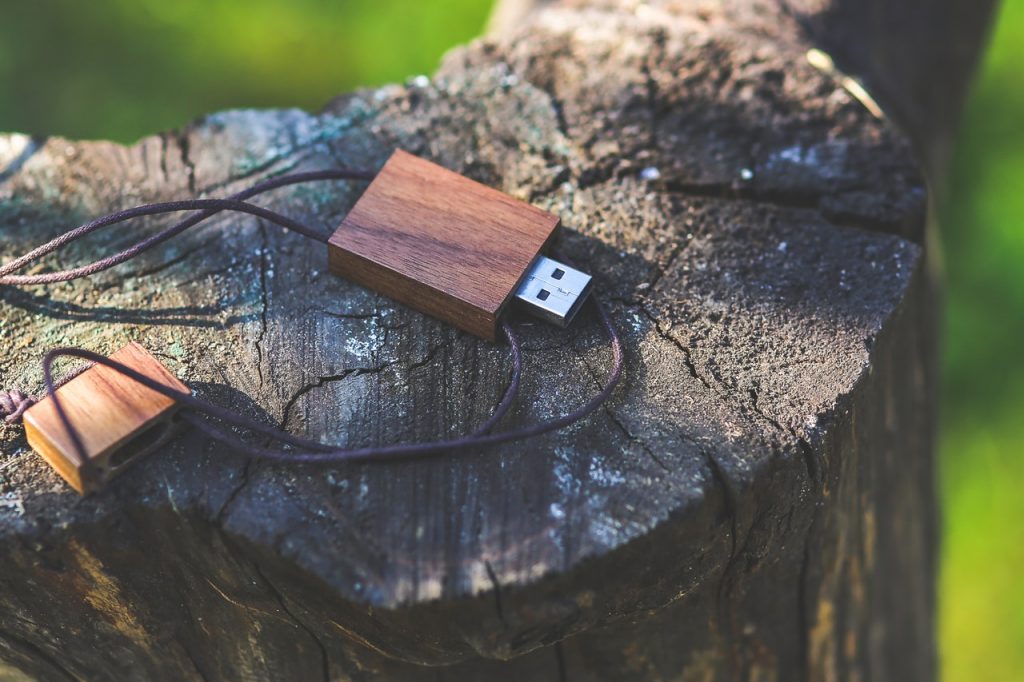
Here is how you can use a USB to Lock/Unlock your Windows PC
Our smartphones have moved on to newer and more innovative ways of allowing you to sign in to your devices, like fingerprint sensors, face recognition, and even iris detection, in the case of Samsung. However, most of our PCs still rely on a PIN or a password to allow you to unlock your PC.
While using a password may be safer in most cases, since it has proven to be quite easy to fool face-recognition softwares and even fingerprint sensors, it is still quite an inconvenience to remember a password to unlock your PC each time. It is also way more time-consuming.
One good alternative is to use a USB to act as a secret key that can be used to lock/unlock your Windows PC. Not only is it quick and easy to just plug in your USB to log in to your PC, but it is also pretty safe as no one can log into your PC without having access to the key. Moreover, a USB is small enough to carry in your pocket everywhere.
Turn your USB into a Windows ‘Key’
Windows does not support a USB as a security key by default, so you will need to download and install third-party software for this purpose. There are many such tools available for free and we have listed down some of them below,
- Predator – Free | Download
- USB Raptor – Free | Download
- Rohos Logon – Free | Download
- KeyLock – Free | Download
For the purpose of this article, we will use Predator to demonstrate how you can use a USB to lock or unlock your Windows PC instantly by just plugging in the USB.
It is a very simple program that, when used to lock your PC, will disable the task manager as well as the mouse so the only way you can unlock your PC is using a USB and/or a password if you want to make it even more secure.
Note: This won’t affect any of the contents of your USB drive in any way. You can still use it as a normal USB drive.
Here is how you can install it,
- Download Predator from here.
- Open the installation wizard and follow the given instructions to install it.
- Once it is finished installing, launch it. Now, plug in the USB drive that you want to use to unlock/lock your PC.
- Once you plug it in, Predator will automatically detect it and will show you a dialog box, asking you to create a password. Click OK.
- Now, just create a password by typing it in the Create Password and New Password text boxes.
- That’s it. You can now exact Predator.
You can also configure other settings like if you want to minimize all windows, hide desktop icons, screen timeout, etc. while you are inside Predator’s editing window. The option for Read Interval allows you to specify the number of seconds after which you want Predator to check if the USB is still plugged in. If Predator doesn’t find the USB, it will automatically lock your PC. They have also added a handy option to Pause Predator from the taskbar in case you want to stop it from locking your computer for a while.
If you are worried that someone will copy your USB drive and then gain access to your computer – this tool has already got you covered. It automatically changes the security codes recorded on your USB drive based on the number of seconds you have specified in Write Interval. If an intruder manages to copy your stick, this copy will not work because the codes on your own stick will have changed in the meantime. Moreover, Predator protects its own in-memory process so it can’t be stopped from the Task Manager.
Predator is pretty customizable and allows you to do a host of other things too,
- Define the times of day when each user may access the computer with the built-in scheduler
- Make specific rules for each user and each day of the week
- Specify authorized periods you can either lock the desktop, log-off the user or shutdown the computer
- Protect several PCs with the same USB flash drive
- Protect several user accounts on a PC using different USB sticks for each
- Send alert/messages or even take pictures if someone tries to unlock your PC
- Record all security-related events in a log file:
Worried about what would happen if you lose your USB stick? You can still use Predator by using the password you specified for the very first time you launched Predator. If someone tries to access your computer by typing an invalid password, Predator can also sound an audible alarm.

